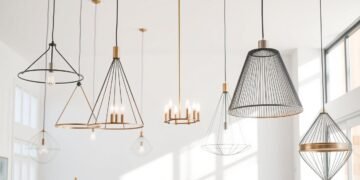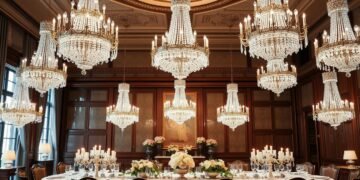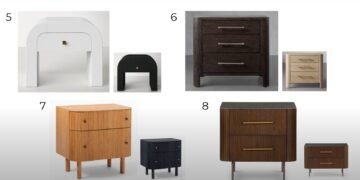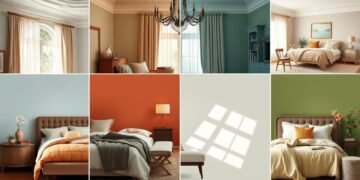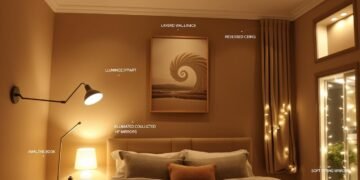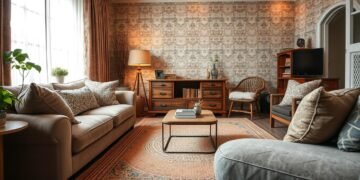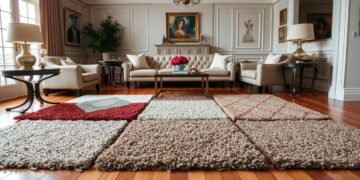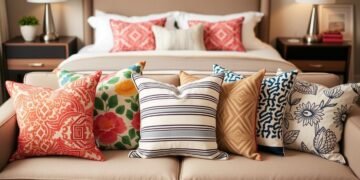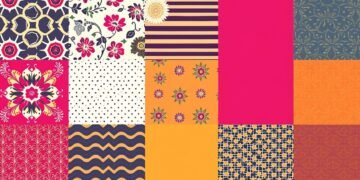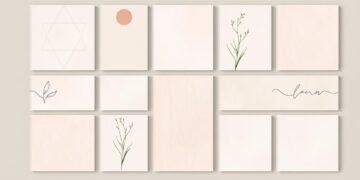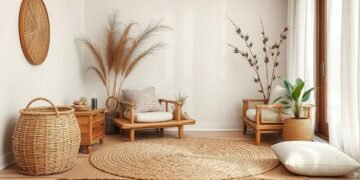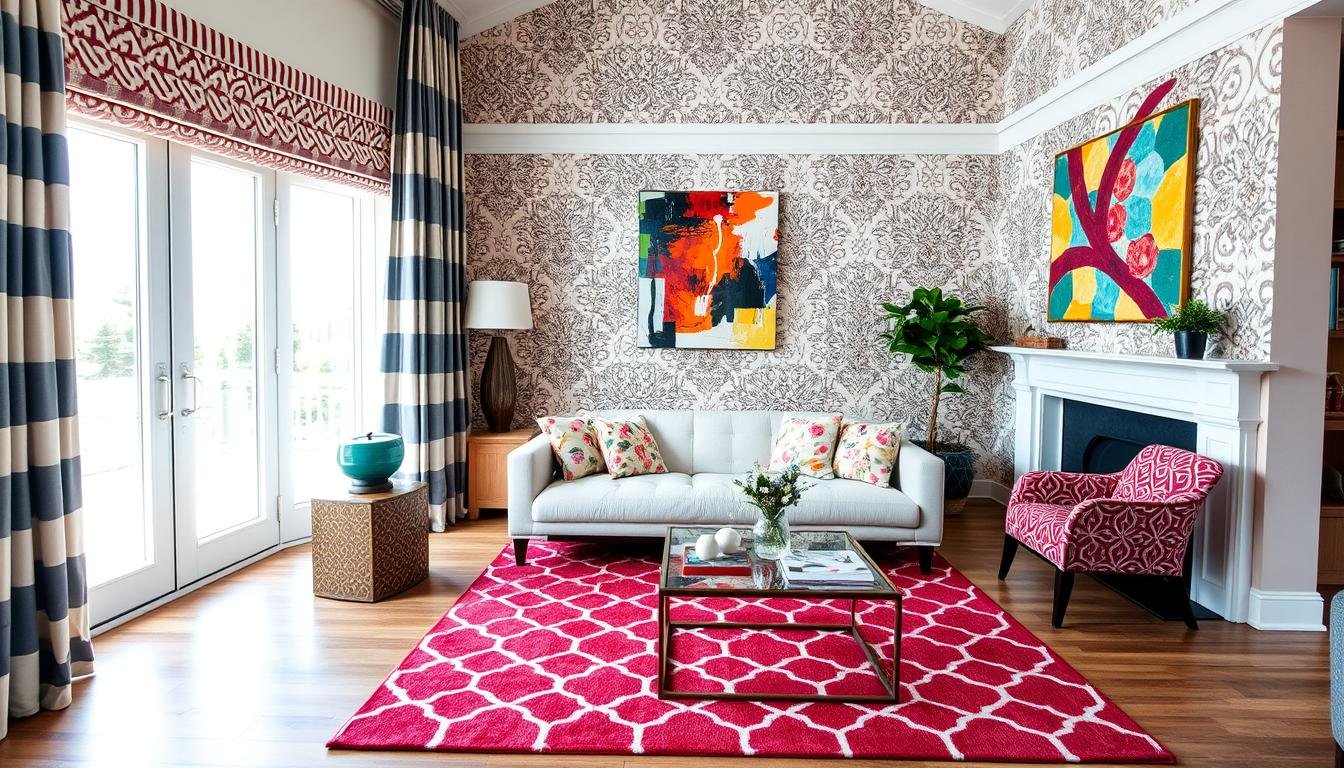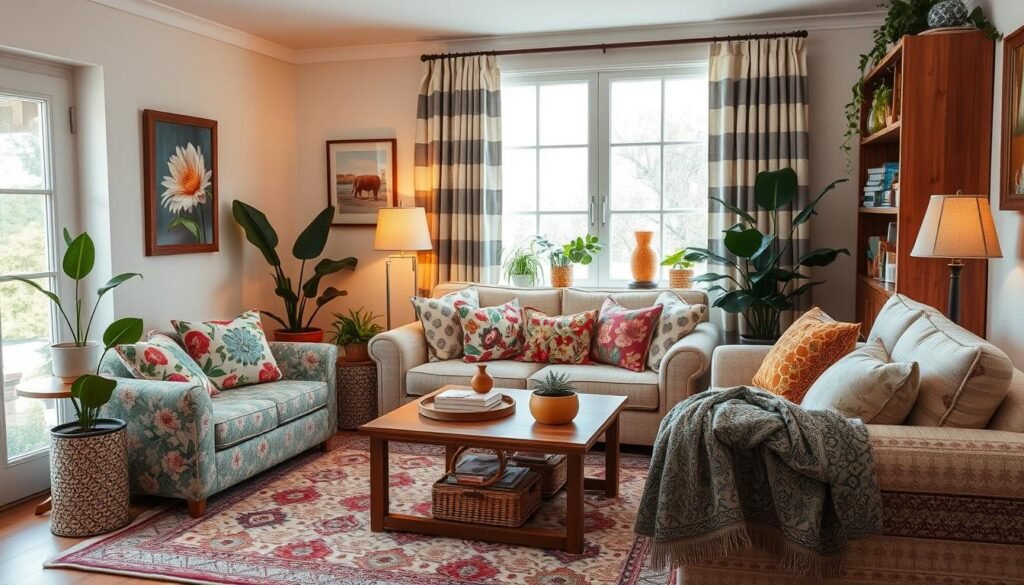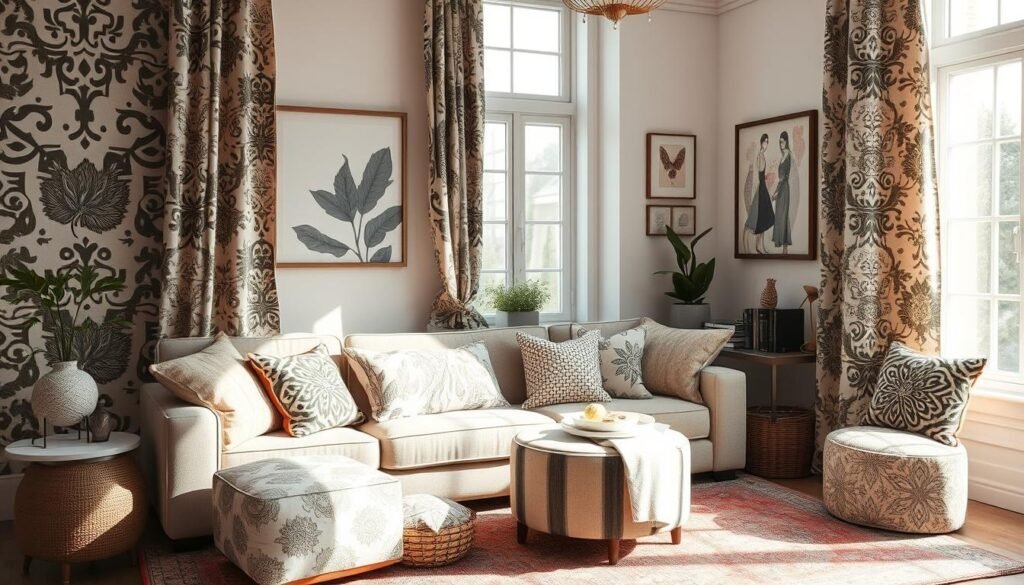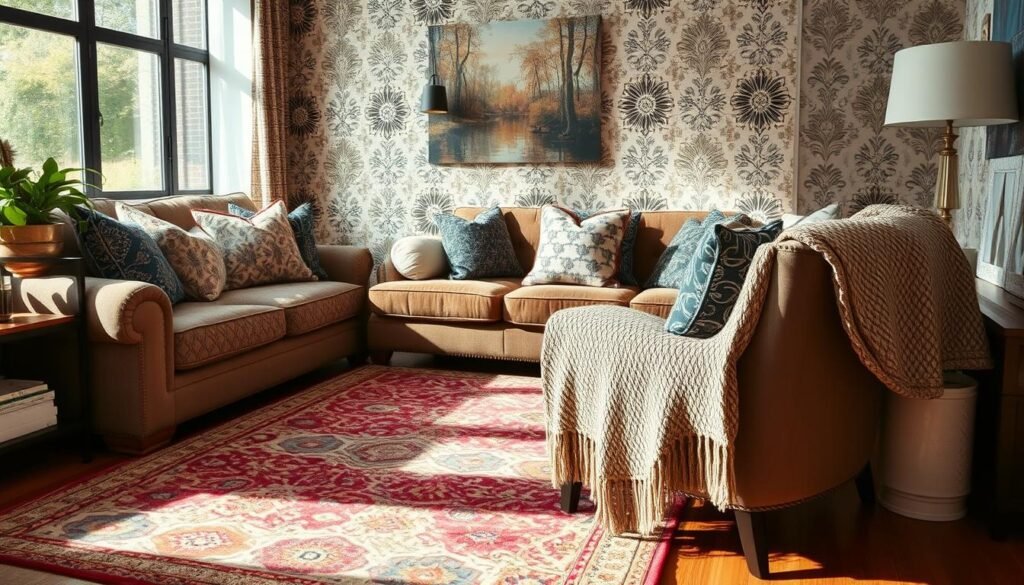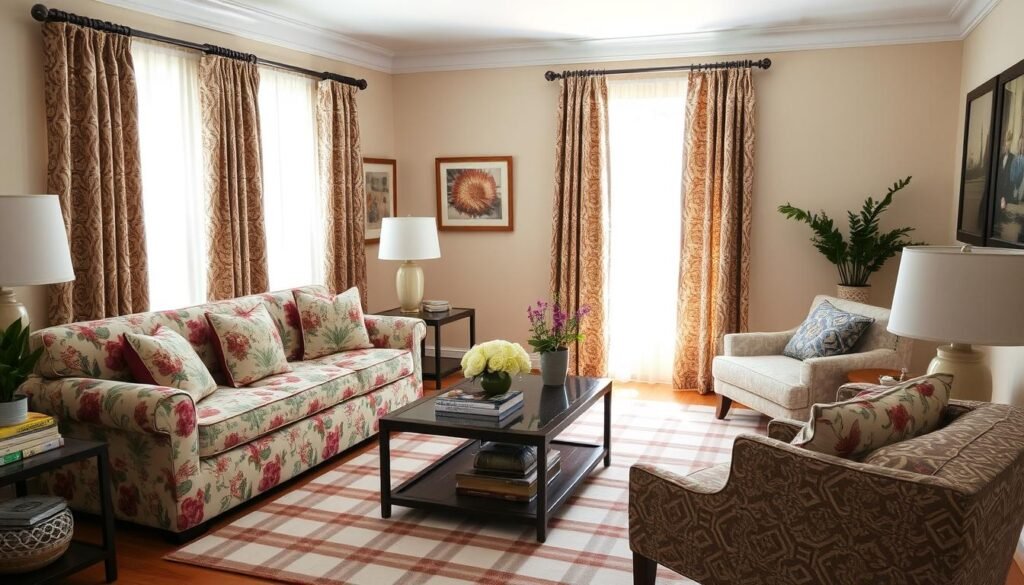Did you know layering patterns can turn a room into a stunning space1? Top designers Penny Morrison, Charlotte Gaisford, and Sophie Ashby say mixing patterns is key. It creates a room full of personality and depth1. In this guide, I’ll share their tips and the 5 easy steps to layer patterns in a room.
Table of Contents
- 1 Understanding Pattern Layering Fundamentals in Interior Design
- 1.1 The Basic Elements of Pattern Mixing
- 1.2 Why Pattern Layering Matters in Room Design
- 1.3 Pattern Mixing Psychology
- 1.4 Relatedarticles
- 1.5 10 Creative Ways to Incorporate Texture & Pattern for Depth and Visual Interest in Your Décor
- 1.6 From Flat to Fabulous: 5 Ways Textured Rugs Bring Depth and Style to Interior Design
- 1.7 7 Accent Pillow Patterns That Elevate Any Sofa or Bed in Your Home
- 2 Starting Your Pattern Journey: Selecting a Showstopper Fabric
- 3 Color Coordination: The Foundation of Pattern Mixing
- 4 Layering Patterns in Interior Design
- 5 Understanding Pattern Scale and Proportion
- 6 Creating Visual Balance with Pattern Distribution
- 7 Mixing Different Pattern Styles and Motifs
- 8 Incorporating Texture into Pattern Layering
- 9 Working with Pattern in Different Room Elements
- 10 Common Pattern Mixing Mistakes to Avoid
- 11 Expert Tips for Pattern Confidence
- 12 Conclusion
- 13 FAQ
- 13.1 What are the key elements of pattern layering in interior design?
- 13.2 Why is pattern mixing important in interior design?
- 13.3 How should I select a showstopper fabric as the focal point?
- 13.4 What are the best practices for color coordination when mixing patterns?
- 13.5 How do I properly layer patterns in a room?
- 13.6 What is the importance of pattern scale when mixing patterns?
- 13.7 How do I achieve visual balance when layering patterns?
- 13.8 Can I mix different pattern styles and motifs?
- 13.9 How do I incorporate texture into pattern layering?
- 13.10 What are some common pattern mixing mistakes to avoid?
- 14 Source Links
Key Takeaways
- Varying the scale of patterns is key for interest, from big on sofas to small on accents.
- A neutral base lets you mix bold patterns, with warm metals against cool hues.
- Texture from fabrics and materials adds depth to pattern layering.
- Balance is essential, mixing shapes, curves, and angles.
- Begin with pillows before tackling bigger items like upholstered walls.
Understanding Pattern Layering Fundamentals in Interior Design
Pattern layering is a technique that makes spaces lively, filled with bohemian chic and global inspiration. It’s about mixing patterns to create curated vignettes full of textural interplay and visual depth2.
The Basic Elements of Pattern Mixing
Mastering pattern layering means understanding four key elements: color, scale, shape, and texture. By combining these, designers can make spaces that are both harmonious and complex3.
Why Pattern Layering Matters in Room Design
Pattern layering turns a room from simple to engaging. It lets designers express themselves, tell stories, and set moods3. Done right, it gives a space its own unique character.
Pattern Mixing Psychology
The psychology of pattern mixing is intriguing. It meets our need for visual excitement and lets us show our style3. Designers balance patterns to evoke feelings and set the mood of a space.
“Layering patterns is a powerful tool in interior design, allowing you to create a cohesive and captivating space that reflects your personal style.” – Interior Design Expert
Starting Your Pattern Journey: Selecting a Showstopper Fabric
Starting your pattern layering journey begins with picking a standout fabric. This fabric will be the room’s centerpiece, influencing all other pattern choices4. Remember, it’s simpler to match paint colors with your fabric than the other way around5.
Think about the fabric’s size, color, and how it will look in the room4. Look for something bold, like a vibrant floral or a striking geometric pattern5. This bold choice will help you create a stunning, cohesive space.
Get inspired by statement fabrics, focal point creation, and global inspiration6. Designers often pick a main fabric first, then add more patterns and textures5.
For pattern layering success, balance boldness with unity4. Choose a showstopper fabric that reflects your bohemian decor and global inspiration. This will lead to a unique, eye-catching space6.
Color Coordination: The Foundation of Pattern Mixing
Mastering pattern mixing in interior design starts with color coordination. Keep your color palette simple, using two to three main colors7. Interior designer Sophie Ashby recommends using at least five colors, including neutrals, for a balanced look7.
To create harmony, pick one fabric as the hero pattern8. The color wheel helps choose shades that complement each other8. Balance bold colors with neutrals to avoid overwhelming the space7.
Working with Color Palettes
A thoughtful color palette is key for pattern mixing success8. Coastal patterns like stripes and beachy florals work well with neutrals8. Choose a dominant pattern for big pieces and mix smaller patterns for a lively design8.
Creating Color Balance
For a cohesive look, pick patterns with common colors8. Layer textured patterns for depth, and use classic motifs in traditional settings8. Bold geometrics or abstracts are great for modern spaces8.
Using the Color Wheel for Pattern Selection
The color wheel helps find harmonious colors for pattern mixing8. Mix patterns in upholstery, drapery, and even wallpaper8. Add patterned rugs, cushions, and artwork for extra design8.
Creating a focal point with a bold pattern can anchor the space8. With attention to color and a bit of experimentation, your interiors will shine with pattern mixing7.
Layering Patterns in Interior Design
Explore the art of mixing patterns and textures to make your space pop. Layering patterns can turn a room into a masterpiece, adding depth and character9. Use wallpaper, upholstery, rugs, and accessories to layer visual interest and achieve a cohesive look10.
Start with small steps and try out pattern mixing. Begin with throw pillows or artwork9. Then, move on to bigger items like window treatments or accent walls10. The goal is to mix patterns and scales for a balanced, captivating space11.
Adding texture can make your space feel richer and more engaging. Mix materials like velvet, linen, wool, and tile for a tactile experience10. Pair bold patterns with simpler ones to show off your design skills11.
Pattern layering is about balance and distribution in the room. Play with scale, proportion, and color to achieve harmony10. Trust your instincts and try new combinations – you might be pleasantly surprised10.
Adding personal touches like vases, books, plants, and keepsakes is the final step. These items add depth, character, and a personal touch to your space9. With pattern layering, you can turn any room into a stunning, personal oasis.
Understanding Pattern Scale and Proportion
Mastering pattern layering in interior design is all about scale and proportion. Pattern scale is the size of a pattern, key to balance and interest. Mixing patterns of different sizes can make your design pop and look cohesive.
Large-Scale Patterns
Large patterns make a big impact in a room. They should be used carefully to avoid overwhelming the space12. Hang large art with the 60-30-10 rule in mind, covering no more than 60% of the wall12. Use low furniture to highlight the patterns and add height.
Medium-Scale Patterns
Medium patterns add depth and interest. They blend well with large and small patterns, creating a rich look13. Using repeating motifs like squares or circles helps with cohesion and proportion13. Mixing different sizes, like small tiles with large cabinets, adds balance and depth.
Small-Scale Patterns
Small patterns add subtle texture and interest14. Mixing small, medium, and large patterns makes a design balanced and appealing14. Solids can help break up the design and prevent it from feeling too busy14.
Understanding pattern scale and proportion helps you layer patterns effectively. The goal is to balance the scales, letting each pattern enhance the room’s harmony.
Creating Visual Balance with Pattern Distribution
Creating a balanced interior design is key when using eclectic patterns. It’s important to distribute patterns well to make the space look cohesive and engaging15.
Varying pattern sizes is a good strategy. Mixing large, medium, and small patterns creates a nice rhythm15. Pairing patterns with different complexities helps achieve a balanced look that’s both exciting and calm15.
Using a big, bold pattern as a focal point is smart. Balance it with smaller patterns or solid colors on the other side of the room. This prevents the space from feeling too busy and ensures no pattern takes over15.
Keeping a consistent color scheme is vital for a unified look15. Using neutral colors like white, beige, and light grey helps. These colors provide a calm background, letting the patterns stand out16.
The secret to great pattern distribution is balance and restraint. By placing patterns wisely, you can make a maximalist space that’s both eclectic and elegant15.
Mixing Different Pattern Styles and Motifs
Pattern mixing can turn a space into a visual feast. By combining various patterns, you can make a space look balanced and interesting17. It’s all about being playful and creative with your choices.
Geometric Patterns
Geometric patterns like stripes and plaids bring a modern feel18. They are great for starting your pattern mix. Just remember to match the sizes to keep it looking good.
Floral and Organic Patterns
Floral and organic patterns add a soft, whimsical touch18. They can balance out the sharpness of geometric patterns. Play with sizes and types to find the right mix.
Abstract and Ethnic Patterns
Abstract and ethnic patterns add a unique flair18. Think Indian saris or West African textiles. Use them sparingly to keep the space interesting.
When mixing patterns, focus on colors and balance18. Try new things but keep sizes and shapes in check17. With practice, you can make your space look amazing.
| Pattern Style | Examples | Characteristics |
|---|---|---|
| Geometric Patterns | Stripes, Houndstooth, Plaids | Structured, Modern, Stable |
| Floral and Organic Patterns | Florals, Abstracts, Animal Prints | Soft, Whimsical, Feminine |
| Abstract and Ethnic Patterns | Indian Saris, West African Textiles | Unique, Eclectic, Global |
“I love mixing and matching patterns. I call it ‘happy clashing’ – there are no rules in pattern mixing.” – Interior designer Sophie Ashby17
Using curated patterns can make your space lively and personal17. Try out different mixes and don’t shy away from print clashing. It’s all about expressing your style.
Incorporating Texture into Pattern Layering
Pattern layering is a powerful tool in interior design. To truly elevate a space, adding texture is essential19. Mixing different textures with patterns creates a bold, engaging look19.
Begin by choosing textured fabrics like bouclé, slubby linen, or velvety materials20. These add depth and prevent the space from feeling flat19. Try layering textures, like a smooth coffee table with a chunky rug and patterned throw pillows20.
Don’t forget to add textural elements through accessories. Use woven baskets, embroidered wall hangings, or sculptural pieces21. These contrasts create intrigue and elevate the space19.
It’s important to balance smooth and rough textures for a harmonious space19. Mastering texture layering can take your pattern game to the next level. You’ll achieve a captivating, maximalist decor that shows off your bold style19.
Working with Pattern in Different Room Elements
There are countless ways to add patterns to your home. You can use statement pieces, textures, wallpaper, and fabric patterns. The trick is to mix these elements carefully throughout your space22.
Begin with your walls. A patterned wallpaper can be a bold accent, highlighting a certain area or catching the eye22. Match the wallpaper with window treatments, rugs, and furniture for a unified look.
But don’t stop at walls. Try patterned rugs, throw pillows, and decor to add interest and depth22. The goal is to balance patterns so none dominates the room22.
To achieve harmony, mix patterns with different textures and surfaces22. For example, pair a bold wallpaper with a soft sofa, or a striped rug with abstract art23. This way, no single pattern stands out, making your space visually appealing and balanced.
The key to successful pattern use is careful selection and placement22. With an eye for balance, you can turn your space into a beautiful mix of textures and designs22. And remember, Hudson & Crane experts are ready to help you with your pattern-mixing journey22.
Common Pattern Mixing Mistakes to Avoid
Mastering pattern layering takes time, but knowing what not to do helps. Avoiding pattern overload is key. Too many bold patterns can make a room feel chaotic24.
Pattern Overload Issues
It’s important to find the right balance with patterns. Don’t mix every pattern you like in one room. Choose a few standout prints and add solid colors or textures. This keeps the space clear and avoids clutter25.
Scale Mismatches
Ignoring scale is another mistake. Mixing patterns of different sizes can look unbalanced. Pair large prints with medium or small ones for a cohesive look24.
Color Coordination Errors
Keeping a consistent color scheme is vital. Mixing colors poorly can make a room look chaotic. Use the 60-30-10 rule to balance colors. This rule helps create a harmonious design25.
Pattern mixing is an art that needs careful thought and practice. By avoiding common mistakes and focusing on scale, proportion, and color, you can make stunning spaces. Be bold with pattern layering, but do it wisely2425.
Expert Tips for Pattern Confidence
Decorating with patterns can seem scary, but it’s doable. You can make spaces that look amazing and tell a story. Start small to build your confidence in mixing patterns26.
Start with small items like throw pillows or curtains. This lets you try out different patterns without spending a lot26. Once you get the hang of it, add bigger items like rugs or wallpaper to tie everything together27.
Listen to your own style when mixing patterns28. Don’t worry about following the rules too much. Let your love for patterns show in your space28.
Look at designer work for ideas, but make it your own28. Try out different sizes, textures, and designs to find the right feel for your space26.
Being creative and open to trying new things will help you mix patterns with confidence. Trust yourself, enjoy the process, and let your style show in your space.
“The rule of three, often used in design, is insufficient for my maximalist style. I prefer working with seven patterns.”
– Isabel Ladd, Interior Designer
Conclusion
Mastering pattern layering in interior design is all about color, scale, and balance. This guide will help you turn your living spaces into lively, personal retreats. They will show off depth and texture29.
Whether you love bold floral patterns or prefer something more subtle, finding the right balance is key. Begin with a neutral base. Then, add complementary colors and different pattern sizes for a unified look2930.
Pattern mixing lets you show off your style and personality. Don’t be afraid to try new things and trust your gut. With practice and confidence, you’ll create interiors that are inspiring and joyful31.
FAQ
What are the key elements of pattern layering in interior design?
Why is pattern mixing important in interior design?
How should I select a showstopper fabric as the focal point?
What are the best practices for color coordination when mixing patterns?
How do I properly layer patterns in a room?
What is the importance of pattern scale when mixing patterns?
How do I achieve visual balance when layering patterns?
Can I mix different pattern styles and motifs?
How do I incorporate texture into pattern layering?
What are some common pattern mixing mistakes to avoid?
Source Links
- How to Layer Patterns in 5 Easy Steps — Kara Cox Interiors
- The Art of Layering: Elevate Your Space with Texture and Patterns | Deloufleur Decor & Designs
- How To Perfect Layering In Interior Design: 5 Ways To Add Dimension To Your Home ✦ Studio Denj
- Pattern Mixing 101 – How to Mix Patterns Like a Pro
- Ways to mix and match pattern in your home
- JRL Interiors — How to Mix Patterns
- {Decorating} Mixing and Layering Patterns and Colors – The Inspired Room
- The Art of Mixing Patterns: A Guide to Stylish Interiors – CHD Interiors
- 10 layering steps that interior designers always follow for successful schemes
- How to Create a Layered Home with Pattern Mixing – Centered by Design
- 7 Designers Share Advice On Mixing Patterns
- How To Use Scale and Proportion in Interior Design? | Foyr
- Playing with Scale in Interior Design – Stephanie Weitkamp
- The Art of Mixing Patterns in Interior Design
- How to Mix Pattern in Interiors | Spiffy Spools
- Mixing Patterns and Textures in Pop Interior Design for Your Home
- Mixing patterns and prints in interior design – a 12-step masterclass
- The Art of Mixing Patterns in Interior Design | Lark Interiors
- The Art of Mixing Patterns and Textures in Interior Design – Designer Resource Center
- Mastering Texture and Pattern in Interior Design – CHD Interiors
- Layering Textures: Adding Depth and Interest to Your Interiors
- The Do’s and Don’ts of Pattern Mixing
- How To Mix-and-Match Patterns – Studio McGee
- How to Mix Patterns in Interior Design | Ideas | OKA
- A Guide To Use and Mix Pattern in Interior Design | Foyr
- How to Mix Patterns in Your Home Without Going Overboard
- 7 Amazing Expert Tips For Decorating With Patterns In A Bedroom | Maxine Brady | Interior Stylist, Props Stylist, Art Director & Home Decor Blogger
- How do you layer 7 patterns in one room? A maximalist designer just shared her simple tips
- The Art of Mixing Patterns in Home Decor
- Asense | The art of mixing patterns and textures in your home decor
- The Art of Layering



